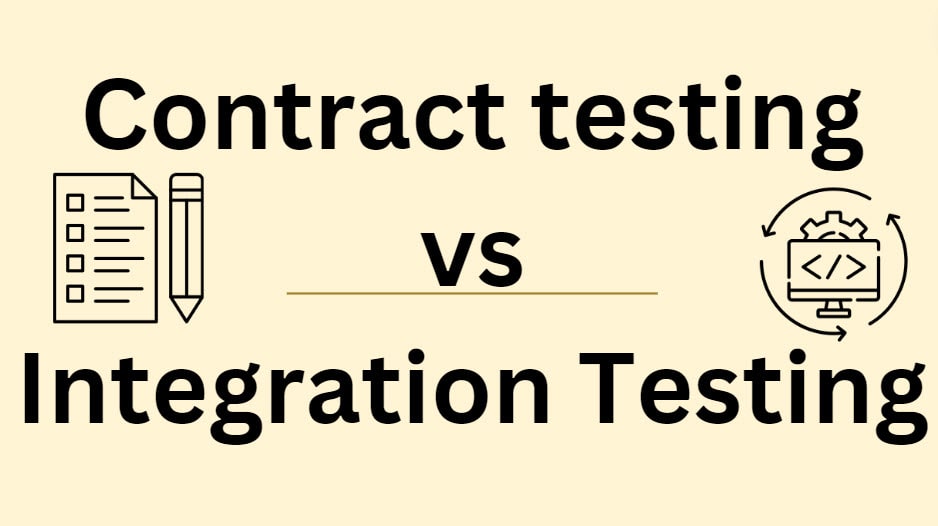Two testing methodologies are often compared: contract testing and integration testing. While both aim to ensure the proper functioning of interconnected systems, they approach the task from different angles and offer unique benefits.
Contract testing is a technique for verifying the interactions between different components or services in a system. It works by defining and testing the contracts or agreements between these components, ensuring they can communicate effectively. This approach benefits microservices architectures, where multiple independent services must work together seamlessly.
One key advantage of contract testing is its ability to provide faster feedback compared to traditional integration tests. Contract tests can be run quickly and frequently by focusing on the specific interfaces between components, allowing developers to catch potential issues early in the development cycle. This speed and efficiency can lead to significant time and cost savings in the long run.
On the other hand, integration testing takes a more holistic approach. It involves testing multiple components or services to ensure they work correctly as a unified system. This method is crucial for identifying issues that may arise from the interaction of different system parts, which might not be apparent when testing components in isolation.
While integration testing provides a comprehensive view of system behavior, it can be more time-consuming and resource-intensive than contract testing. Setting up and maintaining integration test environments can be complex, especially in large systems with many interconnected parts.
So, which approach should you choose? The answer often depends on your specific needs and the nature of your project. In many cases, combining both methodologies can be the most effective strategy.
Contract testing can be particularly beneficial when teams work on different components independently. It allows them to move faster and more confidently, knowing that their services will integrate correctly if they adhere to the defined contracts.
Integration testing, while more time-consuming, remains essential for ensuring the overall system functions as expected. It can catch issues that might slip through individual contract tests, particularly those related to data flow or processes across multiple components.
You may also like following the articles below
- End To End vs Integration Testing
- Integration Testing Best Practices
- Integration Testing vs Functional Testing
In conclusion, both contract testing and integration testing have their place in a robust quality assurance strategy. By understanding the strengths and limitations of each approach, development teams can make informed decisions about when and how to apply these methodologies. The goal is to strike a balance that ensures high-quality software while maintaining development efficiency and speed.

My name is Madhu, and I’m a certified Test Consultant with more than 16 years of hands-on experience developing and maintaining manual and Test Automation in the Software industry. I have experience with automation tools such as Selenium, Katalon Studio, etc.
